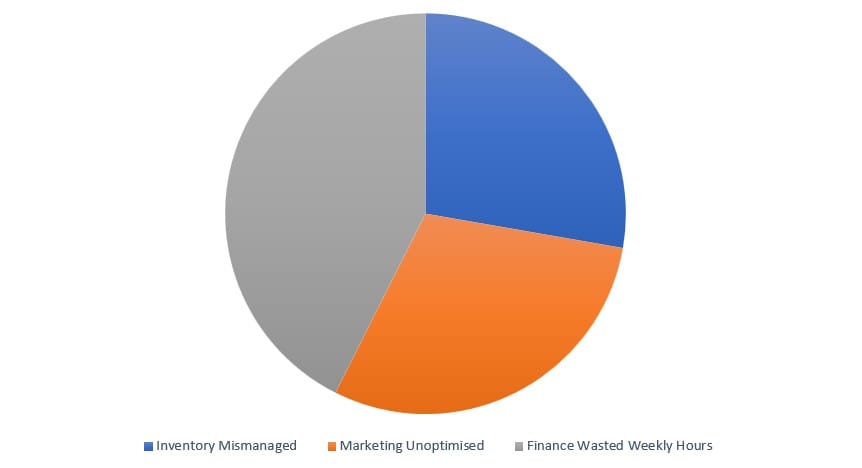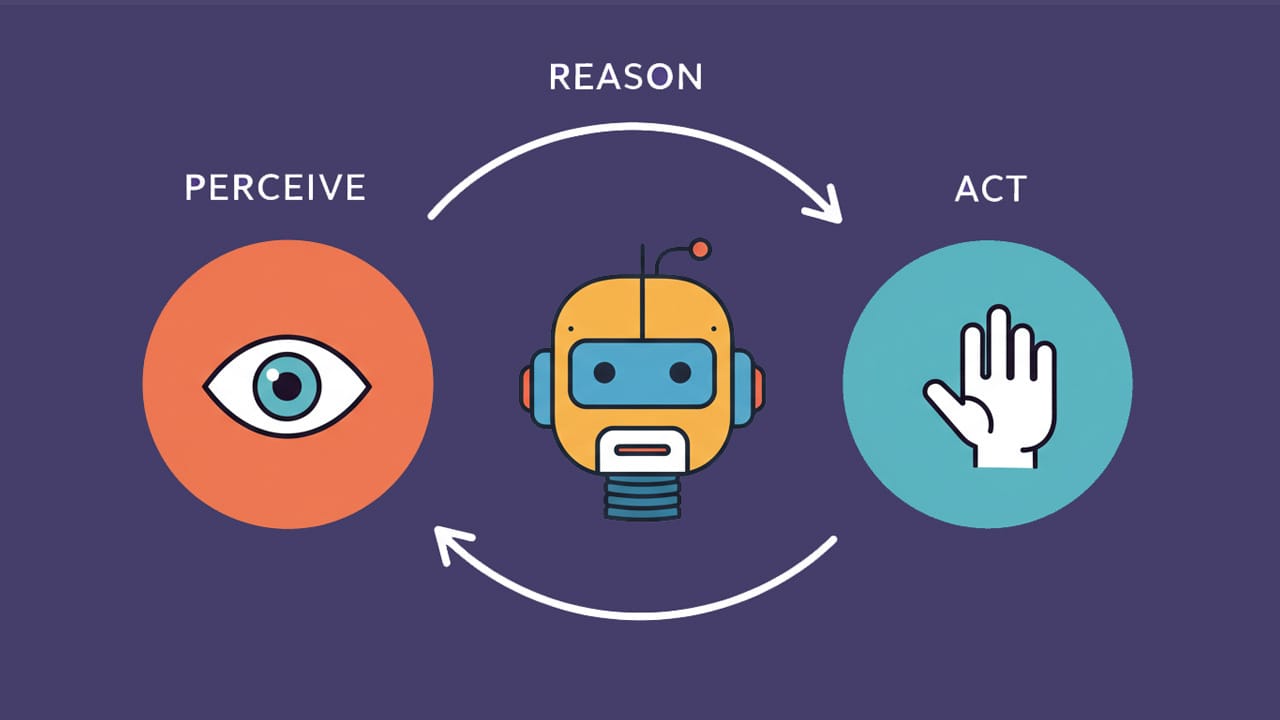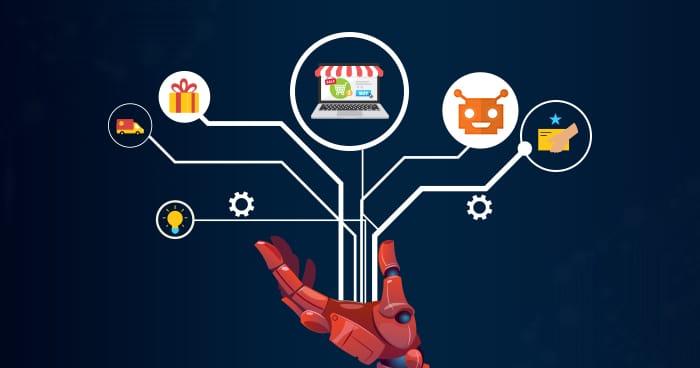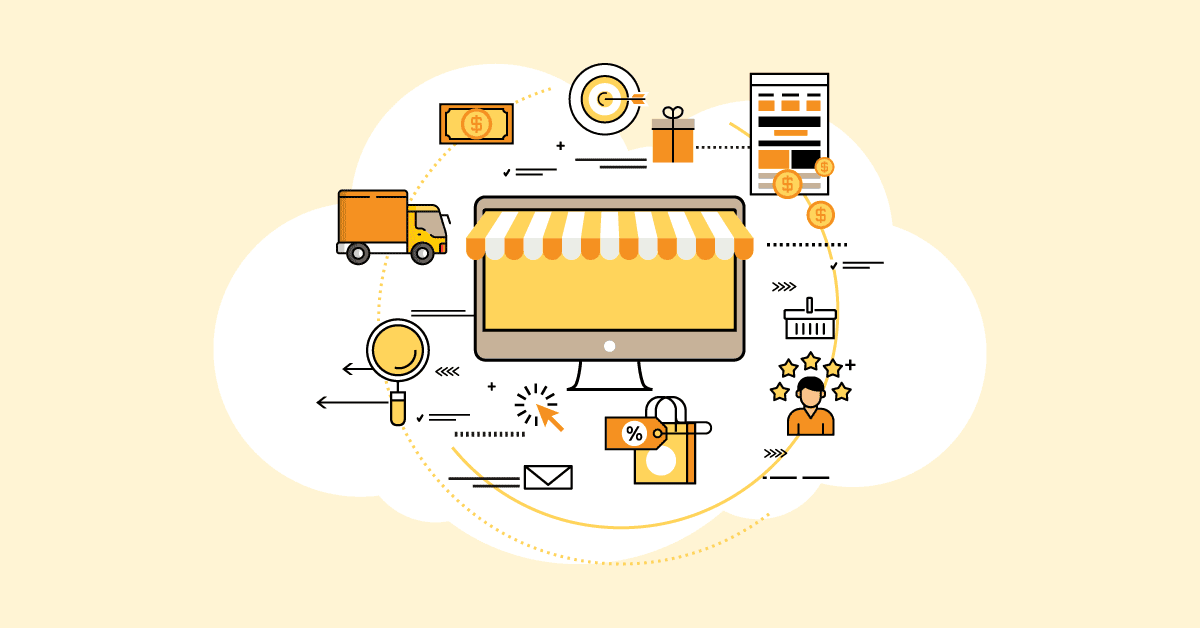The Hidden Manual Grind Fueling E-commerce — And Why Agencies Love It That Way
From the outside, e-commerce today looks sleek and automated: AI-powered ads, lightning-fast logistics, and storefronts that adapt on the fly.
But peek behind the curtain?
You’ll find teams buried in spreadsheets, manually tracking inventory, adjusting bids one platform at a time, and pulling all-nighters to launch new products — still relying on sheer effort instead of smart systems.
Surprised? So were we.
In fact, manual workflows still dominate the most critical parts of e-commerce. And while tools and platforms promise automation, the reality is far messier.
Even more surprising? Many agencies have quietly built a business on top of this inefficiency.
Let’s break down how — and what modern brands can do to break the cycle.

1. Product Research & Merchandising
You’d think product discovery today is all AI and algorithms. But nope.
A JungleScout report found that half of Amazon sellers still use manual research methods — browsing through pages, checking competitors by hand, and making gut decisions.
It shows: just 27–54% of business decisions are data-driven (AgilityPR). The rest? Hunches, best guesses, and trial-and-error.
The result: Delayed product launches, high failure rates, and missed trends.
🔗 Related read: Top Amazon FBA Niches in 2025: Data-Driven Guide to Profitable Product Categories
2. Inventory & Supply Chain Management
Ask a brand how they track inventory — and watch the spreadsheets roll in.
According to ProcurementTactics, 43% of small businesses don’t monitor inventory properly, and U.S. retailers only achieve 63% accuracy in stock levels.
Stockouts, overstocks, and “where did that shipment go?” become weekly headaches.
The result: Firefighting logistics, lost revenue, and unhappy customers.
🔗 Related read: Amazon SellerFlex in 2025: The Ultimate Guide to Transforming Your E-commerce Logistics
3. Advertising & Marketing Ops
Despite all the dashboards, nearly half of marketing decisions are still made without analytics (AgilityPR).
We’ve seen it firsthand: teams manually adjusting bids across Amazon, Google, and Meta — sometimes in 3–4 different interfaces. Every campaign tweak becomes a tedious loop.
The result: Slow campaign optimization, inflated CAC, and wasted spend.
4. Customer Service & CRM
Only 36% of businesses have adopted AI chatbots or automation for customer support (RouteMobile).
That means the majority still respond to each ticket manually, issue refunds by hand, and handle basic FAQs themselves.
The result: Long response times and frustrated customers who don't come back.
5. Finance & Reporting
Finance teams spend one full day every week just building reports (SolutionsReview). And in 2023, finance automation adoption actually declined to 25%.
We’ve seen brands manually exporting Shopify data, pasting it into Excel, adjusting it, reformatting it... and calling it insight.
The result: Slow financial visibility, reporting errors, and costly blind spots.
🔗 Related read: Understanding Amazon's Business Models for Sellers in India

But Here’s Where It Gets Worse: Agencies Profit From This
You’d hope agencies are helping brands solve these problems.
In many cases, they’re not.
Instead, they build their retainers on top of these manual gaps — and avoid true automation that could actually make things better.
Here’s how:
1. Lock-In Contracts With No ROI
Many agencies lock brands into 6–18 month retainers before proving any value.
No working dashboards, no integrated systems — just “give us time.”
Not surprisingly, 40% of brands consider switching agencies within six months (AdAge).
2. Band-Aid Services Instead of Systems
Rather than fix the root cause, agencies throw human effort at the problem:
Manually managing ad campaigns
Creating spreadsheets for inventory every week
Copy-pasting sales data into reports
It works... until you try to scale.
3. Reporting Theater
You get bulky PDFs or PowerPoints full of charts — but no live dashboards, no API integrations, no true insight.
Just manually exported data, dressed up in slide decks.
4. Resisting True Automation
Some agencies intentionally avoid integrating tools like Shopify APIs, CRMs, or ERPs. Why?
Because manual work = more billable hours.
And in many cases, they don’t have the tech chops to automate — so they stick to what they know.

The Shift: Why More Brands Are Bringing It In-House
A growing number of brands are catching on.
In fact, 82% now have some form of in-house agency (ANA, 2023).
Why? Because they realized their agencies were doing things like exporting Shopify data manually every week, instead of building real reporting systems.
In-house teams are more invested in outcomes, quicker to build true automation, and less likely to put on a show.
What Brands Should Do: Demand Automation-First Partnerships
The takeaway is clear:
Manual processes are still rampant in product research, logistics, ads, support, and finance — and many agencies are incentivized to keep it that way.
If you’re a growing brand, here’s what to ask before hiring any partner:
Do they build integrated systems, or just offer manpower?
Will they set up APIs, CRMs, and dashboards — or just send you spreadsheets?
Are they trying to make you independent, or reliant?
The best partners work toward making themselves obsolete — by building systems that run themselves.
That’s what modern e-commerce needs: automation-first, independence-driven, real-results partnerships.
Because in this hyper-competitive space, brands stuck in manual loops will bleed time, money, and momentum.
FAQ: How Agencies Exploit Manual Workflows in E-commerce
Why are manual processes still so common in e-commerce?
Because most brands scaled before they could build solid ops. Spreadsheets, patchwork tools, and human effort were “good enough” — until they weren’t.
How do agencies benefit from this?
They profit from the chaos. More manual work means more retainers. No systems mean longer contracts. It's a cycle that works for them, not for you.
What should brands demand instead?
Automation-first services. Integrated tools. Real-time reporting. And partners who want to make themselves unnecessary by building systems that just work.


